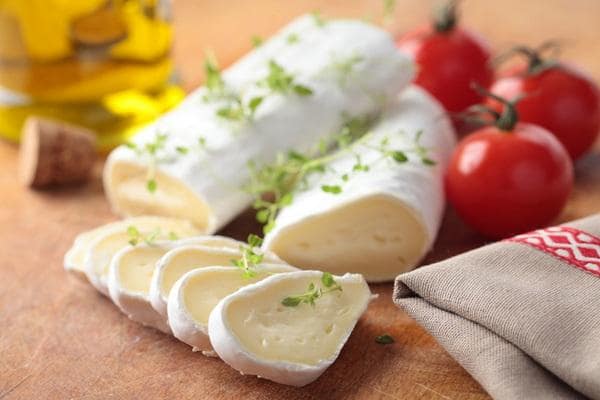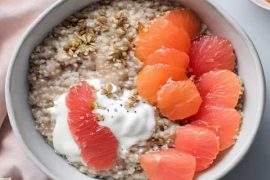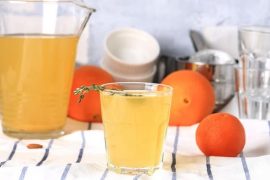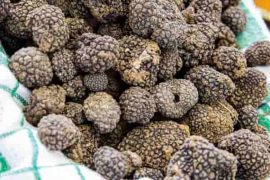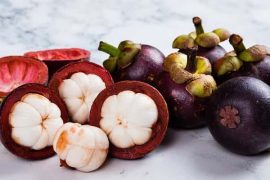You can buy goat cheese at the store, directly from the manufacturer, or make your own. From 5 liters of goat milk, a portion of cheese weighing 45–60 grams is obtained. The goat cheese range is impressive. Cottage cheese, blue cheese and rolls.
Although goat milk and its products are very popular in European countries, they are just gaining a consumer group. Its proteins are less allergenic than cow’s milk. Goat cheese is a food with a high nutritional value, both due to the amino acid composition of the protein, and the fat and mineral profile.
Goat cheese – properties
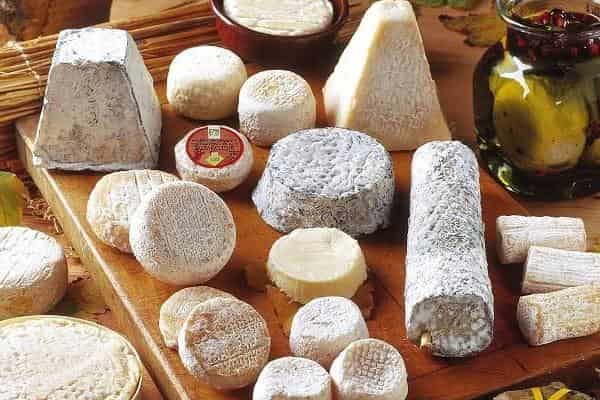
Goat cheese has many properties. It is valuable due to its content of the amino acid taurine, which is involved in the stabilization of cell membranes, vision processes, calcium and glucose homeostasis and the formation of bile acids. Supports, among others, the cardiovascular system, the growth process, the mineralization of teeth and bones, the proper functioning of the nervous system, increases the resistance of the mucous membranes and reduces the risk of cancer cells. Goat products are recommended for people suffering from protein diathesis, arterial hypertension, peptic ulcer disease, asthma and tuberculosis. Their daily use reduces the risk of developing diseases of the respiratory and digestive systems. Goat milk is naturally homogenized, easy to digest and dietary, which lowers cholesterol levels.
How to cook goat rennet cheese?
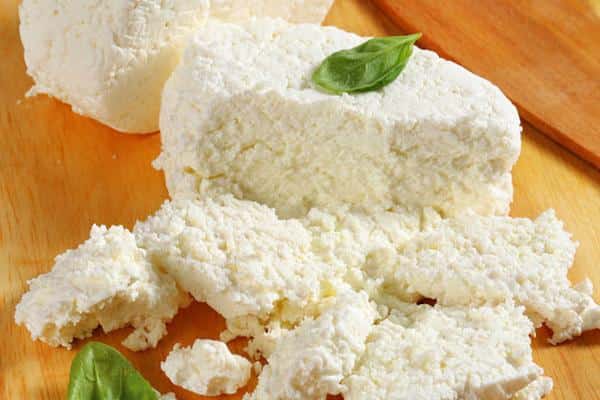
Ripe rennet goat cheese is prepared in molds on special gauze or fabrics made of not too dense cotton fabric. To make it, you will need 10 liters of unpasteurized goat milk and 200 ml of kefir with live cultures of bacteria. Required ingredients: rennet (about 80 drops) and calcium chloride (20 drops). You will also need a brine consisting of 3 rounded tablespoons of rock salt dissolved in 1 liter of boiled water.
Before opening, the container with kefir should be thoroughly mixed by shaking for a few seconds. After opening, it is left at room temperature for 2–3 hours. Mix calcium chloride with 100 ml of chilled boiled water. It’s the same with rennet. The goat’s milk was poured into a large saucepan, the chloride was added, mixed thoroughly for several minutes and set aside for 20 minutes. Then they are heated over medium heat, stirring constantly. When it reaches 38 °C, they are pulled out of the gas. Then rennet and kefir are added very slowly and in a thin stream, stirring constantly. The milk is left covered for 30 minutes. It will turn from a liquid form into a slightly jelly-like one, which must be cut into 1 cm cubes, then cover again and set aside for half an hour.
Use a slotted spoon to transfer the milk jelly into the mold and drain off the excess whey. You can add basil, black cumin, sun-dried tomatoes, garlic, mint, green pepper, or any other spice you like. The molds are left to drain for 3–4 hours, then turned over and removed again. The scarves are removed, and the cheese is left in the mold overnight. This should be postponed 2–3 times. The next day, it is placed in brine for 3–4 hours. After stretching for 4–5 hours, it is placed at room temperature on a drainage tray. The cheese can be eaten right after the brine, but it is best to leave it in the refrigerator at 4-6 °C for a few days to mature.


